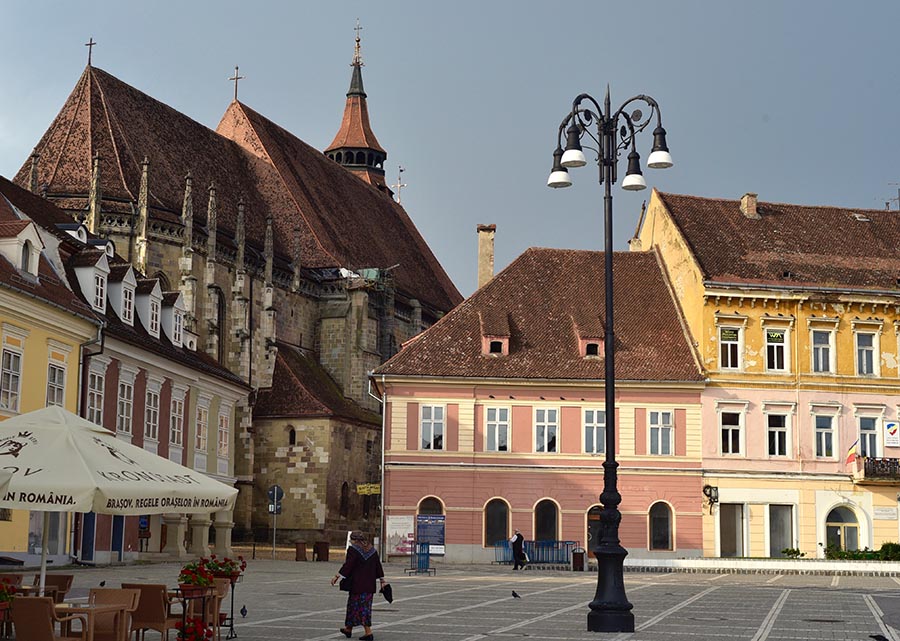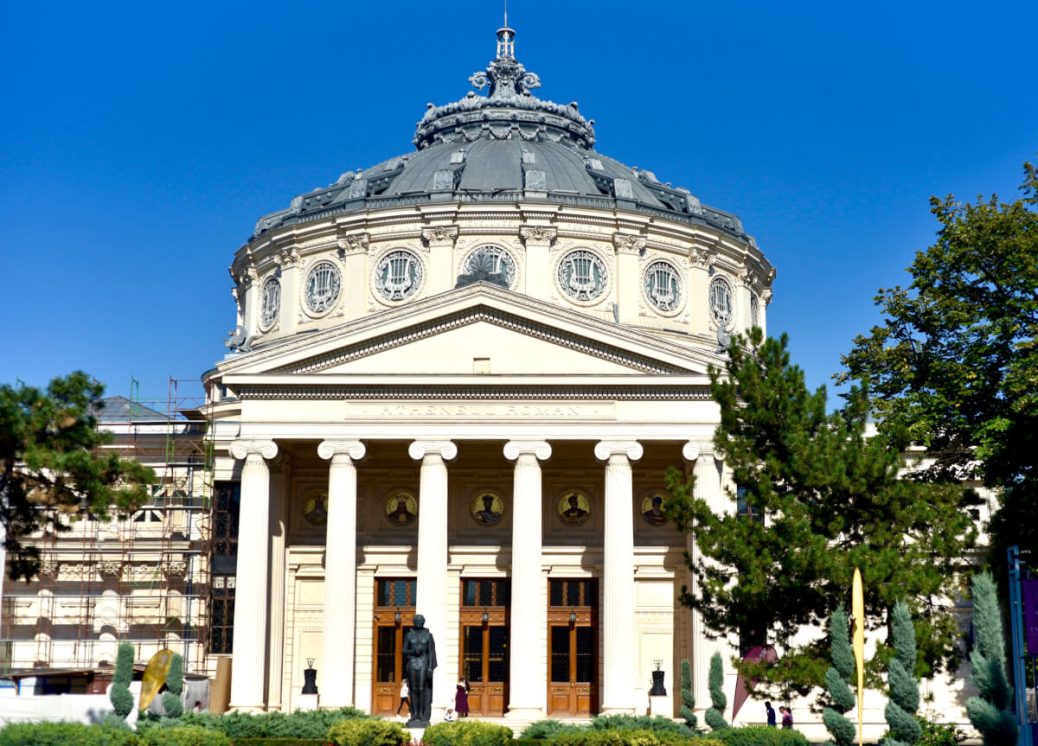
BERNSTEIN IN ALL HIS GLORY (SLAVA)
Prom 60, Royal Albert Hall, 27 August 2018 Does Leonard Bernstein 28 years after his death really need an advocate? In this country we are particularly keen on celebrating or commemorating the births and deaths of composers. In March it […]




